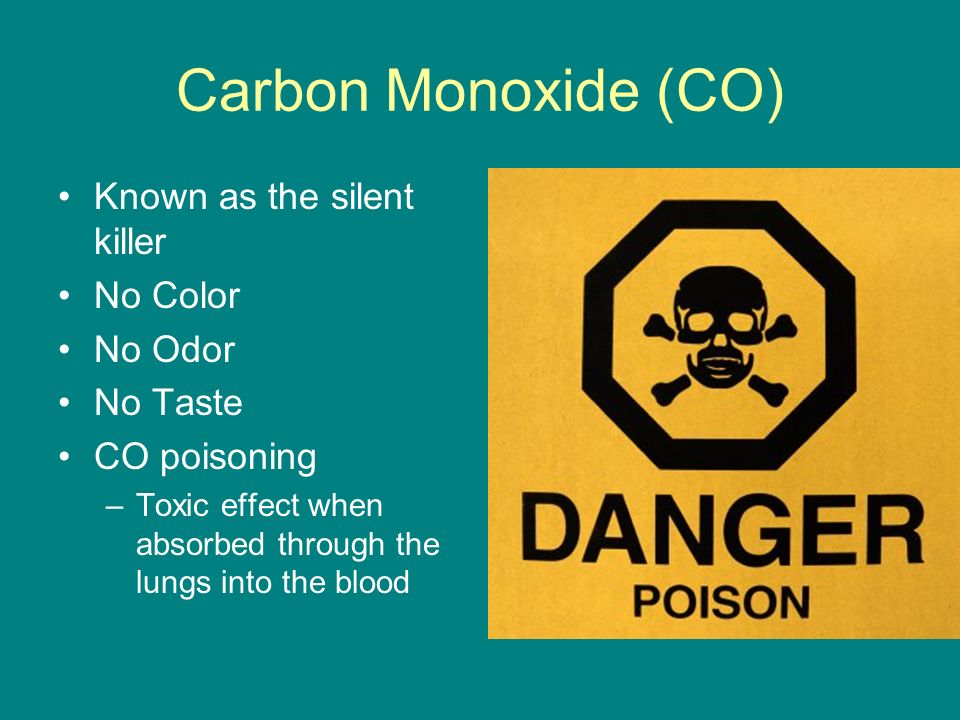A breakthrough has been achieved by a team of advanced materials chemistry researchers in the use of light to convert carbon and carbon dioxide (CO2) into carbon monoxide (CO). University Professor Geoffrey Ozin and his team at the University of Toronto have showcased a process that offers an alternative to carbon-intensive methods of producing industrial carbon monoxide. This breakthrough paves the way for more environmentally friendly production of carbon monoxide, a gas that is vital for the production of various chemicals and fuels.
The production of carbon monoxide plays a crucial role in many sectors. In the chemical industry, it is used as a feedstock for the synthesis of chemicals such as acetic acid, methanol, pharmaceuticals, fragrance, and polymers. It is also used in the food industry for packaging fresh meat products and carbonated beverages, as well as in refining and rust removal processes. However, the traditional methods of producing carbon monoxide involve burning fossil fuels, which contribute to carbon emissions and have toxic byproducts.
The research conducted by Professor Ozin’s team offers a greener and more sustainable approach to carbon monoxide production. Instead of relying on fossil fuels, the team utilizes light to convert carbon dioxide into carbon monoxide, significantly reducing the energy and chemicals required for the process. By using captured carbon dioxide and carbon from various sources, including fossil emissions and agricultural biomass, the team is able to generate green carbon monoxide.
This light-powered reaction not only produces carbon monoxide in a more eco-friendly manner but also offers the potential to transition the chemical and petrochemical industries away from legacy fossil resources. The use of waste carbon dioxide and carbon, driven by light in solar refineries, could help decarbonize the production of commodity chemicals and fuels, ultimately mitigating greenhouse gas-induced climate change.
Previous attempts at eco-friendly carbon monoxide production involved thermal steam-gasification of fossil fuels or biomass, which generated a large carbon footprint and had issues with ash melting and tar contamination. The new photochemistry methods developed by Ozin’s team can be carried out at room temperature, reducing the production of contaminants.
While green carbon monoxide generation is still in its early stages, advancements in photoreactors, battery performance, solar concentration optics, and light-emitting diodes are expected to make it more economically viable. These technological improvements are crucial for making green carbon monoxide production competitive with existing methods that rely on thermochemical and electrochemical processes.
Transitioning from fossil fuel-dependent production to renewable energy sources, capture of unwanted atmospheric carbon monoxide, and utilization of waste forms of carbon have the potential to significantly reduce the environmental impact of producing this vital industrial chemical. Furthermore, the transition towards greener production methods can also create new job opportunities in the green sector.
In conclusion, Professor Ozin’s breakthrough in the production of green carbon monoxide using light offers a promising solution to reduce carbon emissions and improve the sustainability of the chemical and petrochemical industries. By utilizing captured carbon dioxide and carbon, driven by light in solar refineries, the production of carbon monoxide can become more environmentally friendly and economically viable. This research represents a significant step towards decarbonization and the creation of a more sustainable future.
*Note:
1. Source: Coherent Market Insights, Public sources, Desk research
2. We have leveraged AI tools to mine information and compile it



